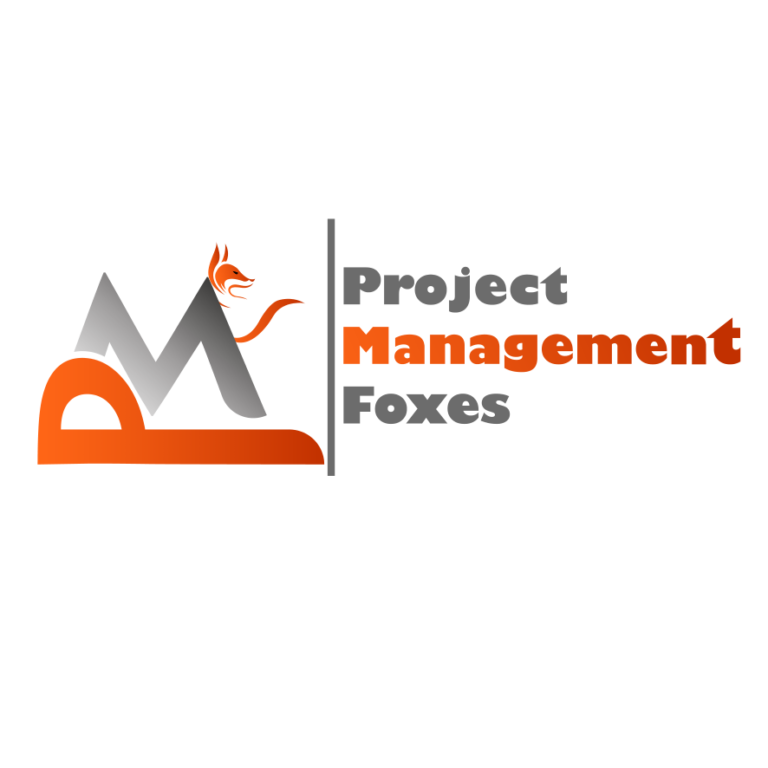Course Details
Agile Certified Practitioner (ACP)

Agile project management consists of the family of iterative development frameworks like XP, SCRUM & others. Agile project management is ideal for projects, where requirements are highly volatile (evolving), or technology is very new to the team, or both. While it is a right fit for product development, it is not limited to that alone. It is beneficial for any creative work like web-based application development, architecting phase of a civil, mechanical, electrical, plumbing project, research projects etc. Even world bank sponsored programs have successfully deployed agile project management, yielding them better results than water fall.
Pre – Requisites
- Secondary degree
- At least 21 contact hours of training in agile practices
- 12 months of general project experience within the last 5 years. A current PMP® or PgMP® will satisfy this requirement but is not required to apply for the PMI-ACP
- 8 months of agile project experience within the last 3 years
Course Contents
Task 1: Understand the Strategic Priorities
Task 2: Create a Basis for Decision Making
Task 3: Provide a Guiding Framework
Task 4: Create Portfolio Scenarios
Task 5: Evaluate and Select Viable Options
Task 6: Provide Governance with a Rationale for Decision Making
Task 7: Sustain Strategic Alignment
Task 8: Confirm and Communicate the Portfolio Components
Task 1: Support Effective Decision Making
Task 2: Establish Consistent Portfolio Management Practices
Task 3: Manage the Portfolio Efficiently and Effectively
Task 4: Create the Portfolio Management Plan
Task 5: Authorize the Execution of the Portfolio
Task 1: Authorize Portfolio Structure and Activate Components
Task 2: Collect and Consolidate Key Performance Metrics Data
Task 3: Monitor the Portfolio Performance
Task 4: Manage and Escalate Issues
Task 5: Manage Portfolio Changes
Task 6: Balanced Portfolio and Prioritize Portfolio Components
Task 7: Analyze and Optimize the Consolidated Allocation/Reallocation
Task 8: Facilitate Reallocation of Organizational Resources to Portfolio
Task 9: Measure Aggregated Portfolio Performance Results
Task 10: Maintain Records by Capturing Portfolio Artifacts
Task 1: Provide Input to Governance
Task 2: Develop the Portfolio Risk Management Plan
Task 3: Perform Dependency Analysis
Task 4: Develop, Monitor, and Maintain Portfolio-Level Risk Register
Task 5: Promote Stakeholder Ownership of Portfolio Risks
Task 6: Optimize Portfolio Strategic Goals and Objectives
Task 1: Analyze Internal and External Stakeholders
Task 2: Create the Aggregate Communication Strategy and Plan
Task 3: Engage Stakeholders
Task 4: Maintain the Communication Strategy and Plan
Task 5: Facilitate Stakeholder Understanding of Portfolio Management
Task 6: Maintain Credibility and Satisfaction with All Stakeholders
Attendees will get a training certificate after the completion of the course
